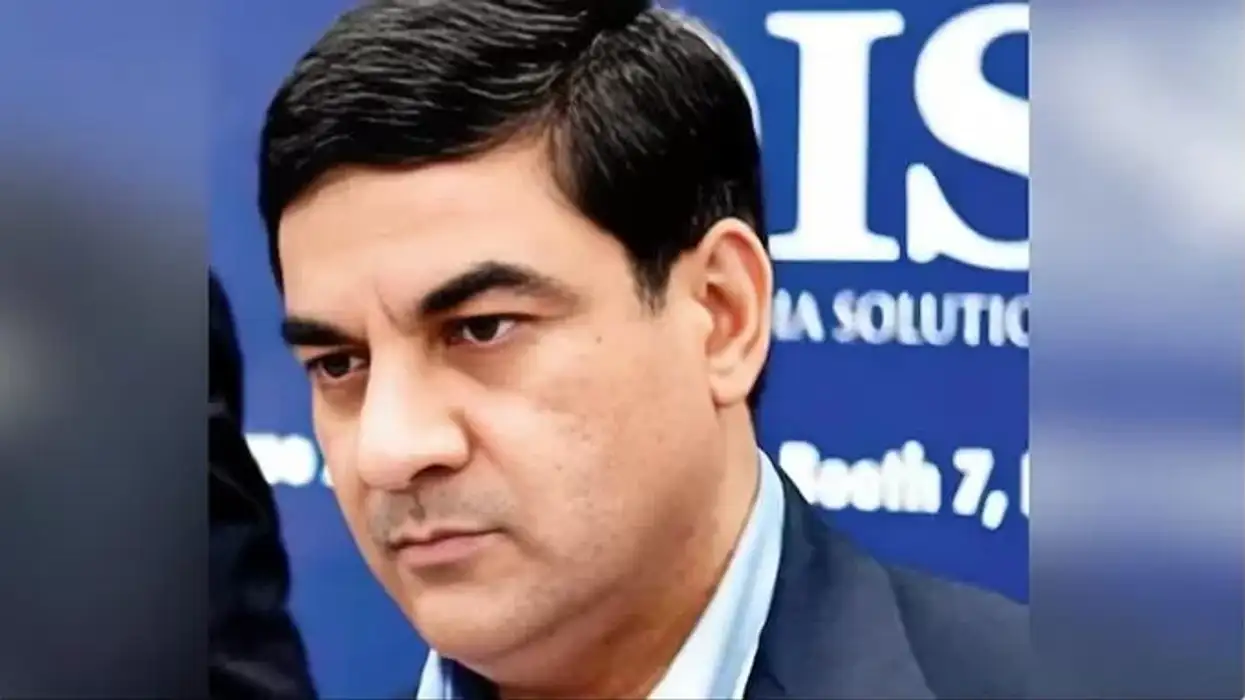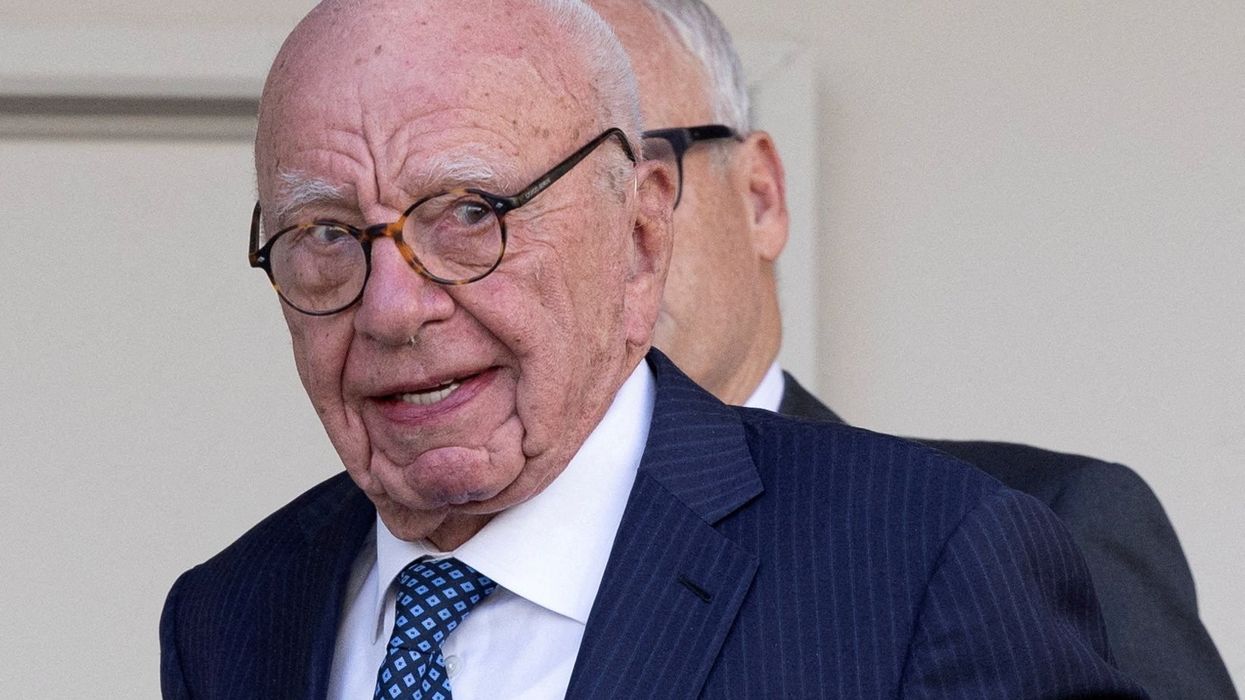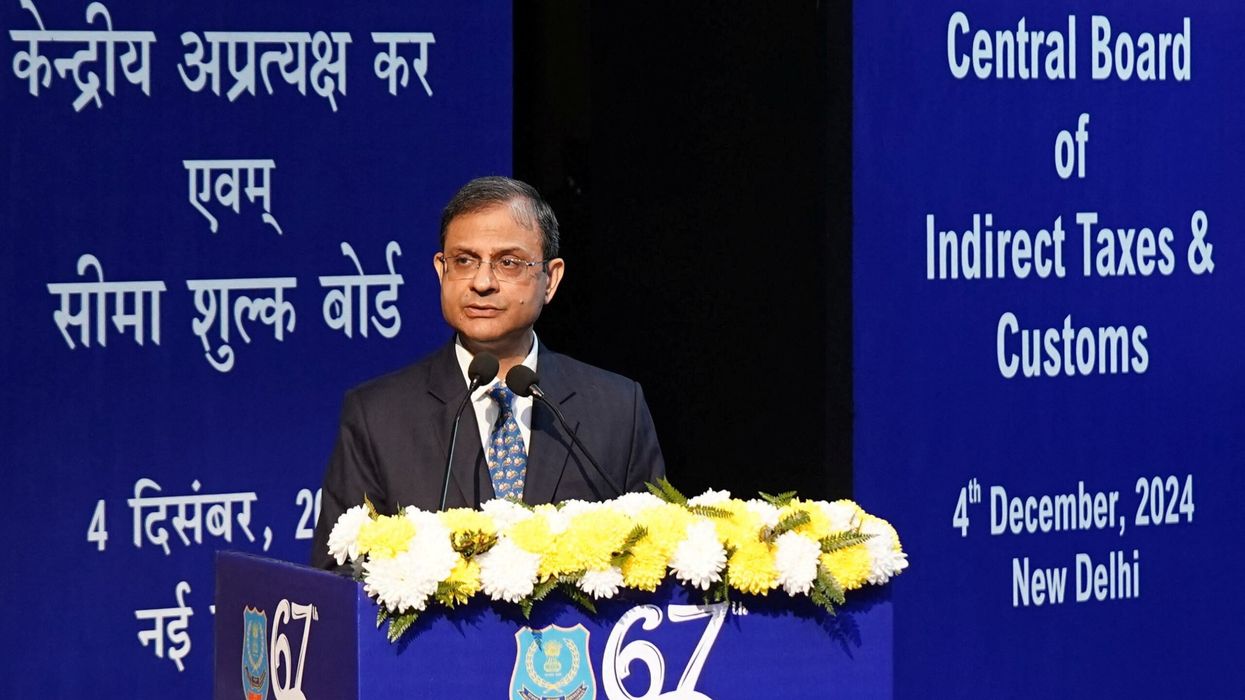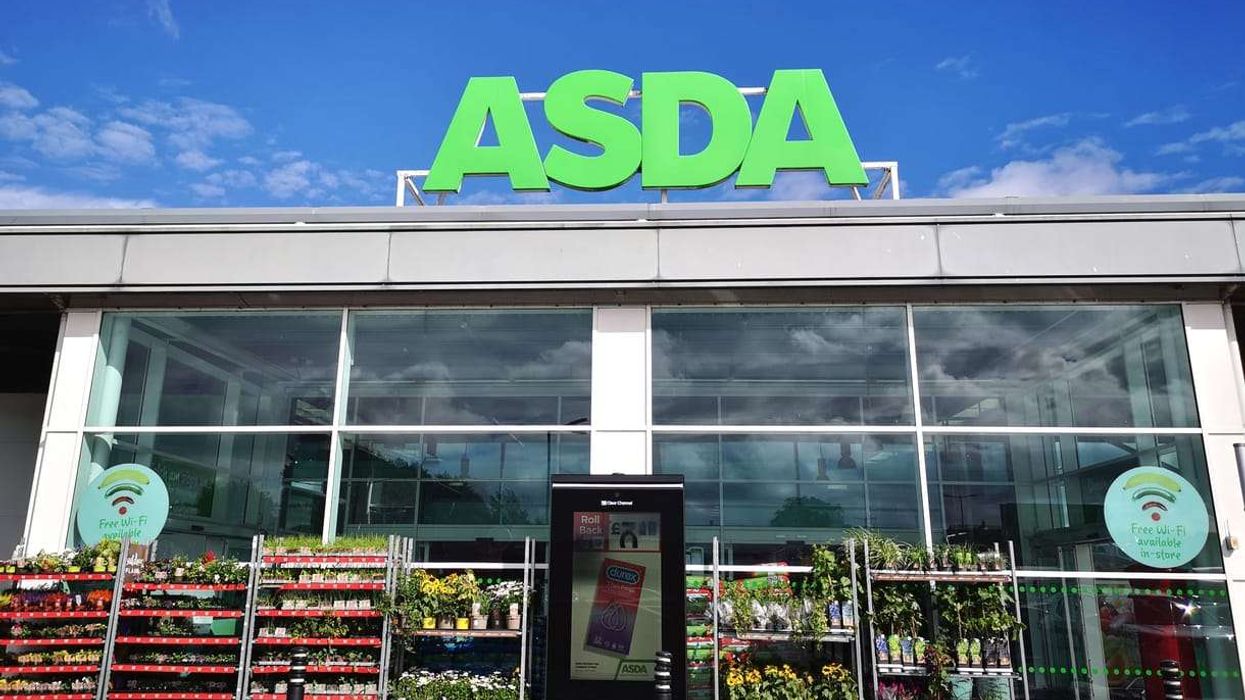By Radhakrishna N S
ECONOMIC slowdown is a reality for both India and Britain.
Domestic factors in Asia’s third-largest economy and Brexit uncertainties in the UK have aggravated the downturn, and affected or will impact bilateral trade between the two countries, leading financial experts have opined.
Commenting on the present economic scenario of both countries, Mumbai-based Professor S Mahendra Dev told Eastern Eye: “Slowdown has started affecting the south Asian country more adversely than Britain as India’s job market is in bad shape and poverty is still high.”
Further, the world’s second most populous country has only $2,000 (£1,527) per capita income amid deteriorating job market and poverty when compared to the UK’s $43,000 (£32,835).
“In Britain, recession will affect employment and livelihood, and in addition, the Brexit chaos will have some impact.
“In the medium term, I feel both economies will be better, including their bilateral trade. But we have to take some measures to revive these economies in the short run,” added Dev, who leads the Indira Gandhi Institute of Development Research (IGIDR) as Director and Vice Chancellor.
The Mumbai-based IGIDR is an advanced economic and development research institute established by the country’s central bank, Reserve Bank of India (RBI).
Disruption in India’s domestic economy, slowdown, and Brexit chaos are likely to yield negative results for bilateral trade between the two countries in the short run. But “in the long run, we do not know what will happen,” Dev commented, referring to the uncertainty over the impact of India’s domestic woes and Brexit worries on the bilateral trade.
Professor S Mahendra Dev
India’s economy grew at its slowest pace in over six years in the July-September quarter, down to 4.5 per cent from seven per cent a year ago, according to the latest government figures.
The growth fell from five per cent in the previous quarter.
India has announced a posse of reforms, including easing regulations on foreign investment in key areas, cutting corporate taxes, and launching a privatisation bid that is focused on reviving stagnant state-run companies.
The RBI has cut interest rates five consecutive times so far in 2019 in a bid to boost lending. But none of the measures have raised consumer confidence.
The unemployment rate in October rose to 8.5 per cent in India, its highest since August 2016, up from 7.2 per cent recorded in September, according to the Centre for Monitoring Indian Economy (CMIE), though the government estimates that urban unemployment has declined.
Dev added that several domestic factors were responsible apart from global factors for India’s current economic woes.
“Some of the domestic factors include the decision to demonetise high value currency notes, goods and service tax (GST) related issues, non-performing assets of banks, crisis in non-banking financial companies (NBFCs), and others,” he noted.
“The demonetisation in 2016 started a slowdown in the economy. This move and GST affected the growth rates in 2017-18 and 2018-19 fiscal years, and continued the slowdown later. The note ban affected adversely informal sectors such as micro, small and medium enterprises and agriculture, pushing the downturn in semi-urban and rural India and causing loss of thousands of jobs in the country,” he said, commenting on the demonetisation of high value currency notes in the denomination of Rs 500 and Rs 1,000 on November 8, 2016.
“For the time-being, a demand problem exists in industries, and more jobs could be lost.”
However, expressing confidence over the Indian government’s recent measures to push the economy forward, Dev said that they may improve the current condition a bit.
At the same time, sharing his concerns, the professor added: “The revival may happen only after a year or so. We are expecting 5.5 per cent growth this year and six per cent next year. Economy can revive only when the financial sector improves, such as lower NPAs (non-performing assets), solving the NBFC problem, higher credit growth, and revival of private investment.”
The Indian banking sector has been saddled with NPAs for the past many years, and lenders have been sitting on bad loans to the tune of Rs 9.4 trillion, as on March 31, 2019, according to official figures.
In India, shadow banking refers to the practice of banking-like operations managed by NBFCs, which are not strictly regulated. These NBFCs are experiencing a crippling liquidity squeeze.
Expressing confidence over the strength of the Indian economy amid slowdown and the recent downgrading by rating agencies, he said that rating agencies want revival in the financial sector and reforms in factor markets such as land and labour.
“They are (rating agencies) also worried about reduction in tax revenues and the impact on fiscal deficit. It may be noted that India is still having six per cent growth, and it is not a recession. Moody’s recent downgrading may be a bit harsh as medium term prospects are still good for India.”
India’s bid to become $5 trillion economy
Commenting on the country’s prime minister Narendra Modi-led government’s recent plan to make the Indian economy a $5 trillion (£3.8 trillion) economy Dev noted that employment, particularly for the youth, is a real problem, amid growing concerns over the health of the economy.“The ambition of a $5 trillion economy is good. But I doubt it will be achieved by 2024-25. It may take a few more years given the slowdown in both rural and urban areas.”
Regarding a solution for the current economic crisis in India, Dev said: “The slowdown has both cyclical and structural components. When private consumption and investment declines, government investment should increase. But government does not have the revenue to increase investment.
“Although I feel fiscal deficit can be increased a little bit to revive the economy, government thinks we should stick to the current fiscal deficit. Reducing government expenditure to stick to the current fiscal deficit may reduce growth. Also, government can reduce non-merit subsidies and increase investment on infrastructure. However, politically reducing subsidies is a problem.
“There is a need to revive the financial sector such as banking and NBFCs to ensure growth followed by the requirement for structural reforms such as land acquisition and labour reforms to improve industry and competitiveness.”
There is a need for long term structural reforms for rising investment in physical infrastructure and improve human capital. Such structural moves are also essential for reforms in agriculture and rural sectors, he said.
Demand and the purchasing power of rural areas, which has 70 per cent of the population, have to be improved.
Several reports state that many companies laid off their employees and cut production owing to decline in consumer demand.
India's auto sector is one of the worst-hit by the slowdown. India's auto sector, which employees over 35 million, has already axed almost 300,000 jobs.
The Society of Indian Automobile Manufacturers (SIAM) showed that the Indian auto sector's total sales declined by 12.76 per cent, to 21,76,136 units in October from 24,94,345 units sold during the same period last year.
SIAM president Rajan Wadhera and other industry experts noted that one million contractual manufacturing jobs, associated with the auto sector, are at risk due to the consumption slowdown.
Brexit, bilateral trade and global slowdown
The Brexit uncertainty and sluggish growth in India are having an adverse impact on the UK-India bilateral trade, another leading financial expert observed.Jaideep Prabhu, Professor of Marketing at Cambridge Judge Business School, told Eastern Eye: “The slowdown in the Indian economy does not bode well for the UK-India bilateral trade in the short run.”
“Whenever there is a slowdown, firms look to cut costs and are cautious about new investments and so on. This would result in Indian firms reducing their imports of technology and other things from abroad, including from the UK.
“Of course, if the slowdown results in the weakening of the rupee, then that could boost exports as it becomes cheaper for foreign firms, including those from the UK, to buy Indian goods,” Prabhu added.
“Brexit uncertainty in the UK is also not helping the bilateral trade with India. Again, the UK firms are being cautious about new investments and so will probably reduce their imports from India.
“However, if the British pound is weak, then this could boost export to foreign countries, including to India,” he pointed out.
Sharing his optimism for an increased India-UK bilateral trade in the future, Prabhu noted: “In the long run, however, because of the low base of current bilateral trade between India and the UK, increased bilateral trade between the two countries is likely.
India is one of the fastest-growing economies with an enormous amount of opportunities for foreign firms, and “if Brexit is completed within the next few years, then UK firms will need to find more markets, and India will be one they will be especially focusing on,” he stressed.
Professor Jaideep Prabhu
Meanwhile, Brexit uncertainty will certainly impact business in the UK, Dev said, but added that British businesses are fundamentally strong and capable of tolerating the adversities of Brexit in the future.
He further noted: “My discussions with Indian industrialists in London indicate that they are not too much worried in the long run. They say that the UK systems, in terms of encouragement to industry are better than other European countries. There may be some business that will go out of the UK after Brexit in the short run. But fundamentally they are still strong.”
According to some latest official figures, between 2000 and 2018, investments directly from the UK amounted to $26.09 billion, representing seven per cent of the total foreign direct investment (FDI) into India, ahead of the US.
Between 2015-2018, total trade between the UK and India has increased by 27 per cent.
Trade between the two countries totalled over £20bn last year, an increase of 13.6 per cent compared with 2017, according to the Office for National Statistic (ONS) data.
The UK exports to India increased by 19.3 per cent between 2017 and 2018, amounting to £8bn in total.
India’s exports to the UK grew from $2.2bn in 2001 to $6.7bn in 2017, whereas Indian shipments to Britain touched $9.8bn in 2018, a rise of three per cent.
India has maintained a trade surplus with the UK, with total exports at $9.78bn and imports at $7.05bn in 2018, according to official figures.
Meanwhile, a double stroke of Brexit uncertainty and a global slowdown has seen a decline in factory activity at rapid pace since the financial crisis.
British businesses expect the UK economic growth to slow further in 2020 as global factors, including the US-China trade war and Brexit uncertainty, continue to weigh on the industry.
The Confederation of British Industry (CBI), which represents 190,000 businesses, said on Monday (2) it expects the UK GDP to grow by just 1.2 per cent next year, down from the expected 1.3 per cent growth rate in 2019.
The CBI blamed Brexit for the gloomy economic picture, along with the US-China trade war which is hurting global growth rates.
CBI’s expectations are based on the assumption that the UK exits the EU by January 31, 2020.
The British Chambers of Commerce has also cut its forecast for economic growth this year and 2020 in its September report, blaming a slower global economy, US-China trade war, and Brexit.
The ONS said employment had fallen by 58,000 during the third quarter of 2019 – the highest fall since May 2015. Companies such as Jaguar Land Rover, Tata Steel Europe, Npower, Tesco, and many others have started axing jobs exhibiting the features of an economic downturn.












